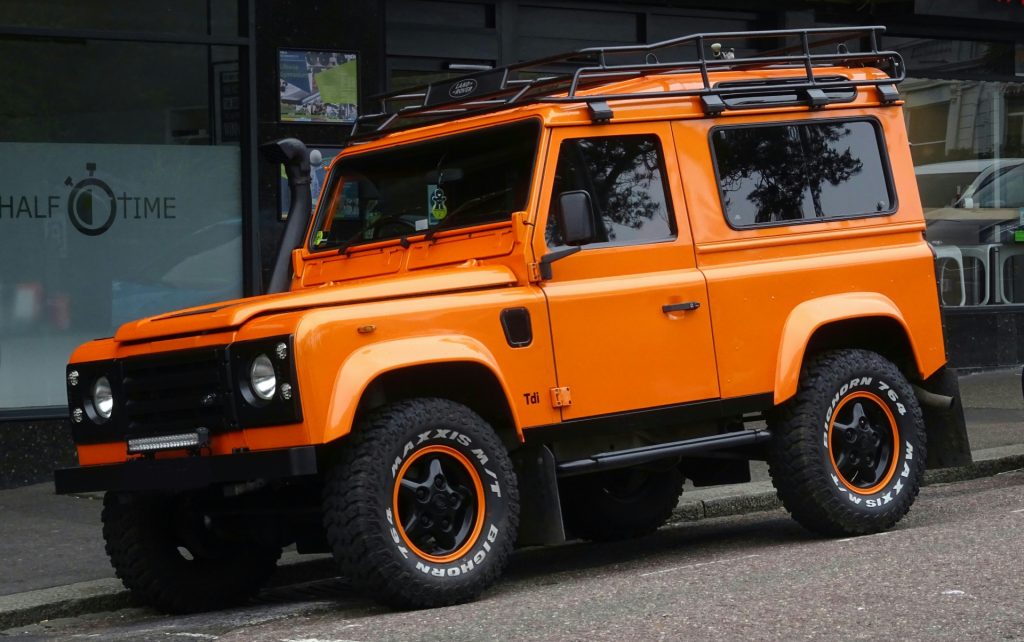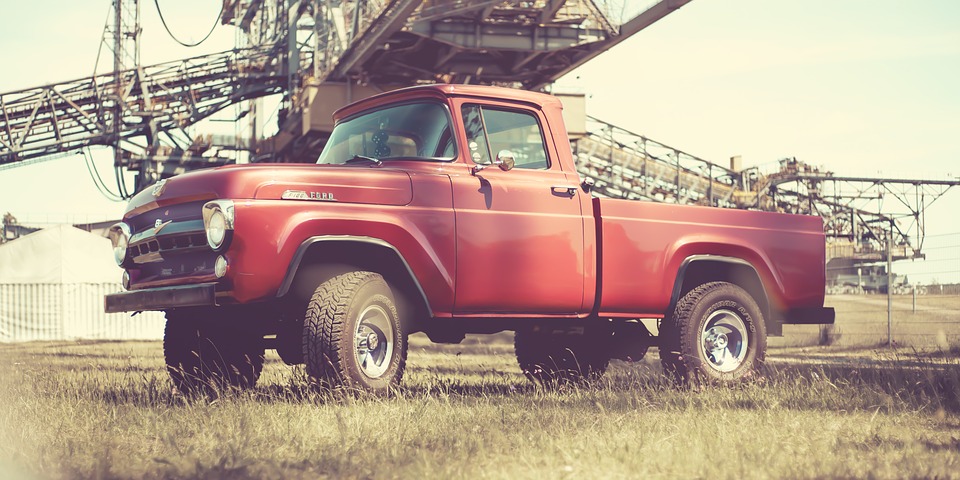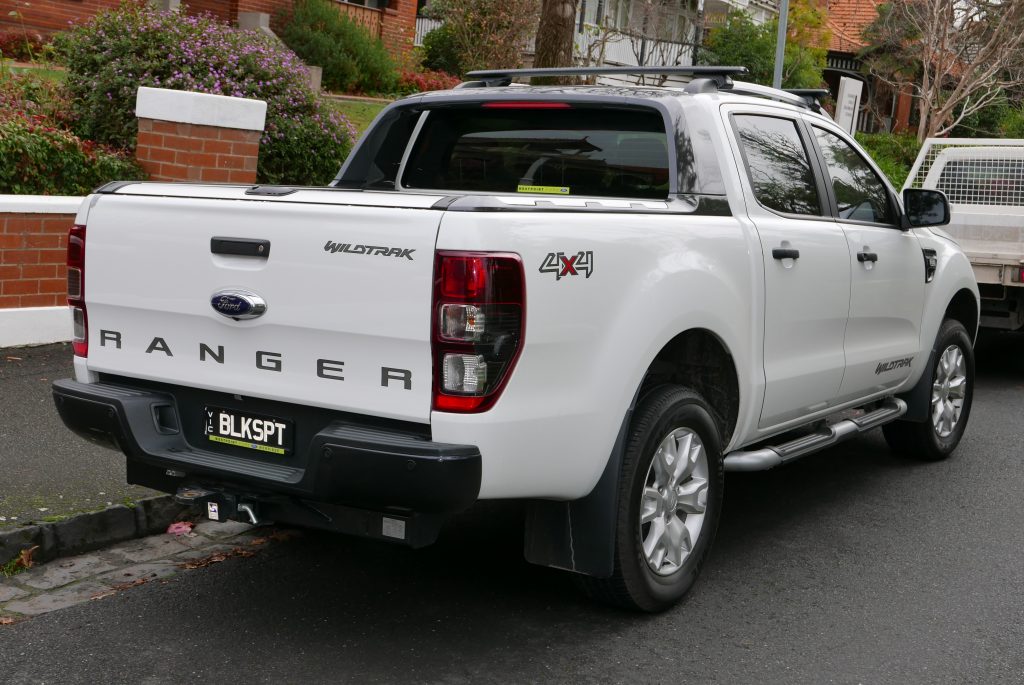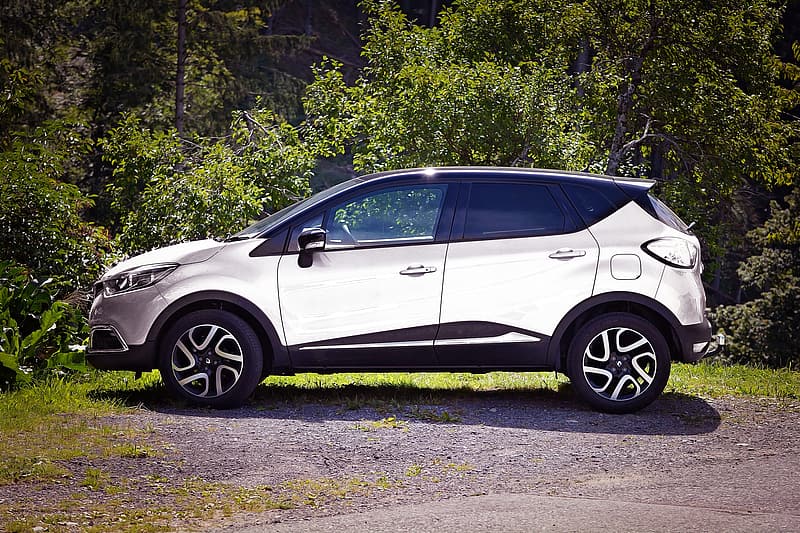You have liked reading part 1 of the post on Why Buy a 4×4. You will now discover even more ideas in this second part.
Summary of Part 1:
- The 4×4: a military all-terrain vehicle
- A brief history: Military Origins
- All-terrain vehicles: why choose a 4×4?
- Which 4×4 for which purpose?
- Advantages and disadvantages of 4×4s
- Price of an off-road vehicle
What Awaits You in Part 2?
You have started dreaming of a Jeep or pick-up? Your wish has a name: you want a utility 4×4! In this post, you will get the keys to understanding the merits of such a vehicle, and after all, why not make this dream come true…
Jeep or Pick-Up: 4×4 Utility Vehicles

During the Second World War, and owing to rapid technical progress, all-terrain vehicles became smaller, more agile and even more efficient. One of the most famous representatives of this new breed of 4×4 remains the US Army Jeep. It was also used by civilians, for professional reasons, as a utility vehicle for decades and in all countries of the world, especially developing countries with very rough roads. The Jeep allows, for example, to carry out reconnaissance in the mountains or to access certain work sites or intervention sites, particularly in the event of forest fires for the fire brigade.
After that, the 4×4 took advantage of the general and civil automobile boom to convert first of all into a utility vehicle. Thus, for some specific professional uses, road liaison vehicles and off-road liaison vehicles derived from existing off-road vehicles, whether military or not, had to be created.
The changeover took place during the 1980s, again in the United States, with the massive arrival of the first recreational all-terrain vehicles, creating a new segment composed of two large families:
– The first one has a voluminous two-body or bi-volume body with 5 doors similar to estate cars. It has a fixed roof, 5-door body with 5 to 6 seats in 2 rows of seats. Like the estate cars, their large volumes combined with folding seats and good road holding qualities ensure real versatility, enhanced by the off-road capability of their all-wheel drive. Note that some more compact, more urban and probably also more “trendy” models have only 3 doors.
– The second family called “pick-up” is more utilitarian and agricultural, often preferred by farmers, landscapers or silviculturists who need lighter, less rustic vehicles. It has an open rear space, like a dumpster closed by sideboards. Its cabin, derived from an SUV sedan or small van, can be “double” with 4 doors to accommodate 5 to 6 people. In the latter case, as the chassis is the same length as the single cab version, the body will be shorter. Like other off-road vehicles, pick-ups are evolving towards ever greater comfort and versatility.

Note: this style of vehicle was first introduced in the United States in 1925 with the famous and sturdy Ford T. This famous American brand is still one of the leading pickup brands today, with the F-series (F-150), followed by the Chevrolet Silverado, the GMC Sierra and the Dodge Ram Quad Cab 4×4. In Europe, the most common examples are Japanese with the Toyota Hilux, Nissan Navara or Mitsubishi L200.

4×4 utility models: Mercedes Unimog U400 (Fire or Police version); Mercedes G-Class; MAN T34 off-road tanker; Renault ACMAT 4×4 CCFL; Ford Ranger; Lada Niva; Isuzu D-Max; Volkswagen Amarok.
SUV: Sport Utility Vehicle

The latest evolution of off-road vehicles, SUVs are a more upscale derivative of minivans with a bulky hatchback body, usually with 5 doors. Still equipped with 4-wheel drive, whether permanent or not, for their obvious traction capabilities in difficult grip conditions, 4×4s have come a long way today.
Most of them still have all-wheel drive capabilities with the 4×4 transmissions, or even automatic reinforced traction and a raised chassis often equipped with a trailer hitch. They too were born in the USA with the Jeep Wagoner, as early as 1963. Their comfort and equipment were rapidly increased to considerably expand their customer base. This purely marketing strategy led to the creation of new segments called SUVs, then SAVs (sport activity vehicles).
Recent developments of these new compromises, made in self-supporting bodies with integrated chassis, have brought them even closer to the concept of top-of-the-range automobiles with all-terrain capabilities, rather than truly off-road.
In some countries, they are mainly powered by 4-, 5- or 6-cylinder direct-injection turbo-diesel engines, in order to limit their appetite for fuel with or without an automatic gearbox.
In the high range, there are also 8-cylinder V-cylinders in diesel or petrol. Mostly used on the road, especially for very top-of-the-range models, which are far too heavy to be really efficient off-road, they are increasingly offered in a 2WD variant only to lower their price, weight and therefore fuel consumption.
Their road-handling and above all their equipment are always closer to sedans since these SUVs are designed to take on the urban jungle… and the city! Some models have only 3 doors and are relatively compact while maintaining a high driving position, which is much appreciated by owners for its driving pleasure and sense of security.
SUV models: Dacia Duster 4×4; Citroën C-Crosser; Range Rover Classic then P38 and L322; Toyota RAV4; Renault Koleos; BMW X5; Mercedes M-Class.
Hope this post helps you make your mind whether you need a 4×4. Don’t forget to share your experience in the comment section below.

